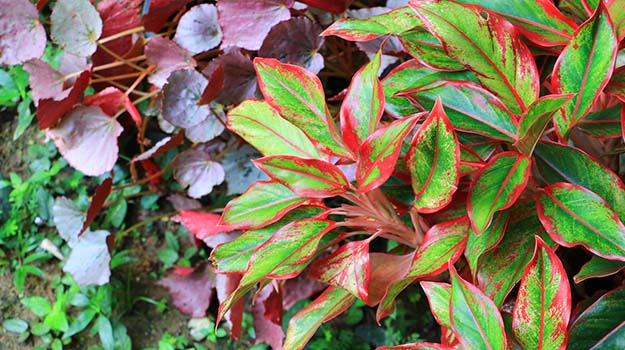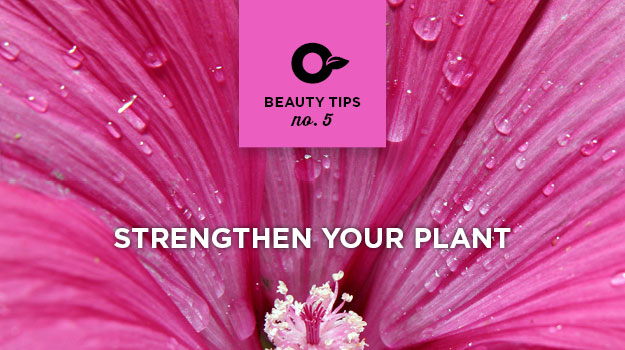
Blooming plants may be irresistible, but foliage plants are the heart and soul of the garden. Although they may be a little trickier to incorporate into a design, foliage plants offer benefits such as interesting shapes, textural bark, stunning leaves, amazing color and bright berries. Many foliage plants provide year-round interest, even in the depths of winter when blooming plants are long gone.
Plan carefully to take full advantage of beautiful foliage plants, but don’t be intimidated, as experimenting with form and color often produces surprising results. Here are some tips to get you started.
How to get started?
Plant foliage plants in large groupings. If you allow too much space between plants, you risk losing much of the visual emphasis of the foliage. Larger groupings are striking, especially when the garden is viewed at a distance.
Although colorful or variegated leaves are eye-catching, plants with purple, red, burgundy or chartreuse foliage should be used sparingly, especially in small gardens where the colors can easily become overwhelming. A good rule of thumb is to pick one color present in the foliage, and then match it with suitable companion plants. Alternatively, use those bright foliage plants as stand-alone or focal points.
Light-colored foliage vs. dark foliage
Consider light-colored, gold, creamy white or variegated foliage for areas with a northern exposure, or where they can brighten up a dark corner. Light-colored plants look like the sun is shining on the leaves, while silvery-white plants actually reflect light. They generally stand out on their own, without benefit of contrasting blooming plants.
Plant red, purple, burgundy or black foliage plants where the sun strikes them from behind, or from the side. At these angles, light brings out the shimmery red tones and prevents the deep colors from looking dull or muddy. To avoid a dull, bland look, avoid dark green foliage in shady spots.
Create contrasts
Try not to plant leaves of the same size and texture side by side. Instead, create interesting textural contrast by planting finely cut, lacy foliage or foliage with narrow, sword-shaped leaves alongside plants with heavier foliage, thus accentuating the beauty of both.
Gray plants nearly always work well when planted alongside green foliage. The contrast of the two creates a sunny, light appearance in a green landscape.
Add texture
Add instant texture with ornamental grasses and, as an added benefit, enjoy the graceful, swishing sound whenever the wind blows. As a general rule, clump-forming types of ornamental grasses tend to be less invasive.
Some foliage plants, such as hosta, produce blooms in midsummer. Feel free to leave the flowers in place if you like the appearance. However, removing the blooms directs more energy to the foliage.


